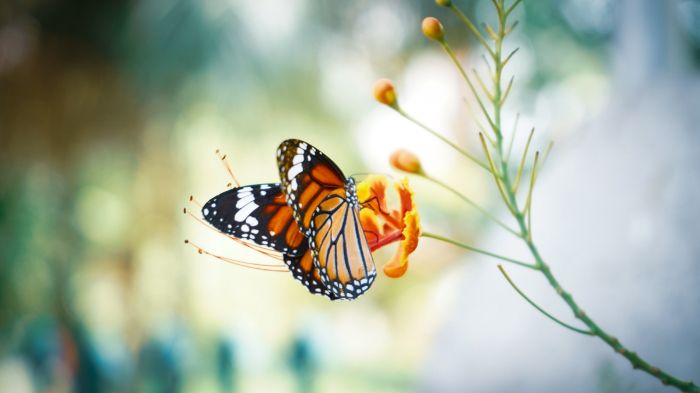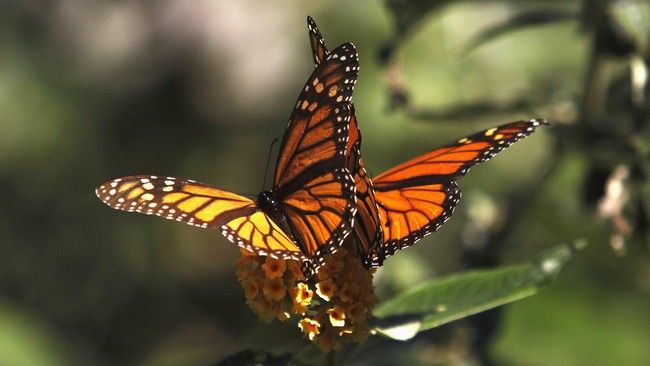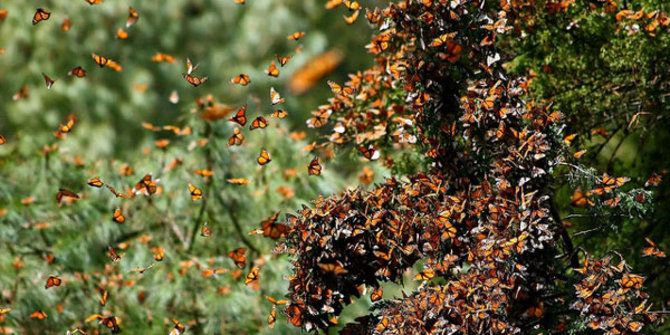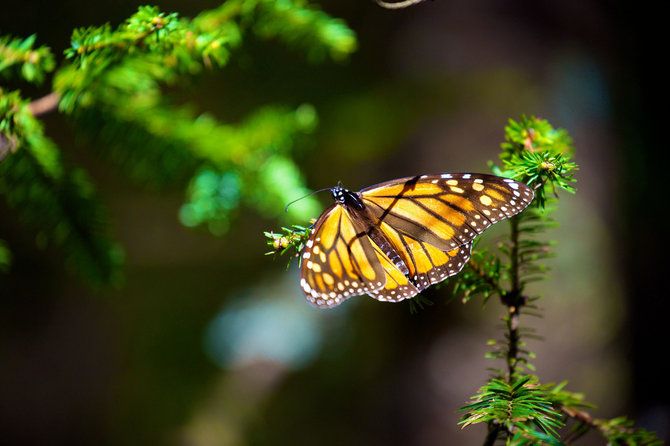Butterflies are insects that have enormous and colorful wings. They are members of the Lepidoptera order, which is also home to moths. Butterflies are well-known insects that are widespread throughout the world. Butterflies frequently contribute significantly to pollination and typically consume nectar from flowers.
Because this insect has soft and lovely wings, the term "butterfly" in Javanese indicates "tenderness," hence the name. The four phases of the butterfly life cycle are the egg, larva (caterpillar), cocoon, and imago (adult butterfly). Due to the spectacular shift from butterfly larva to adult, butterflies are frequently seen as a sign of beauty and change.
The following are only a few advantages that butterflies provide for ecosystems and people:
- Butterflies are crucial for pollination flowers. As butterflies visit flowers for food, they gather nectar and pollen just like bees and other insects do. The butterfly then transfers the pollen to neighboring flowers, assisting in the pollination process.
- Butterflies may serve as environmental quality markers. When it comes to environmental changes like air pollution, the destruction of natural habitats, and climate change, butterflies are extremely sensitive. The variety and number of butterfly species may decline due to unfavorable environmental circumstances.
- Another natural tourism attraction is butterflies. Particularly among photographers and nature enthusiasts, butterfly parks are well-liked destinations. Visitors might have awe-inspiring experiences while viewing butterflies due to the beauty of their various wings and graceful movements.
- In addition, butterflies are a valuable genetic resource. They have a wide range of colors, forms, and sizes, which contribute to their genetic variety. This makes it possible for researchers to investigate the genetic characteristics of butterflies and use the knowledge gained to create new technologies.
- Lastly, there are butterflies, which are numerous and make significant contributions to biodiversity. Butterflies are a crucial link in the food chain in ecosystems, acting as a source of food for insects and other predators like birds, animals, and other butterflies. The total biodiversity may suffer if butterfly species become extinct.
There are numerous types of butterflies, some of which are listed below:
- A big butterfly with orange and black wings that is typically found in North America, South America, and Australia is the monarch.
- Morpho Butterfly: Found in South and Central America, this huge butterfly has electric blue wings.
- Black and White Butterfly: This small, worldwide butterfly has black and white wings.
- Peacock Butterfly: A sizable butterfly with vivid wings that can be found in South Asia and Africa.
- Heliconius Butterfly: Located in Central and South America, this butterfly has vivid colors.
- Gossamer-winged Butterfly: This tiny butterfly, which is widespread around the world, has transparent wings.
- The skipper butterfly is a tiny, globally distributed butterfly with brown and white wings.




